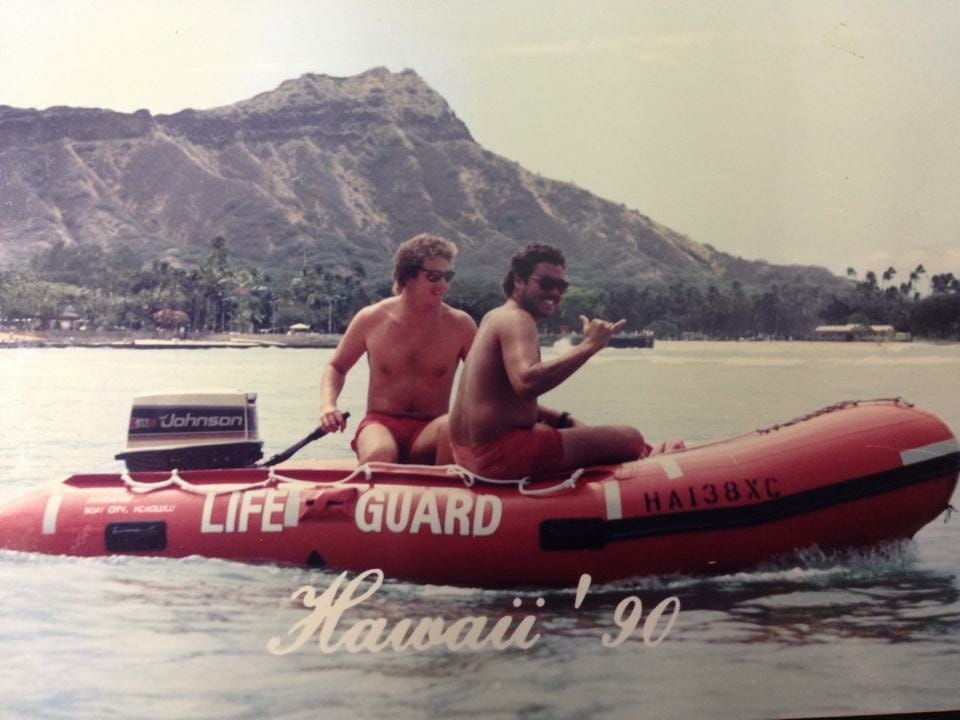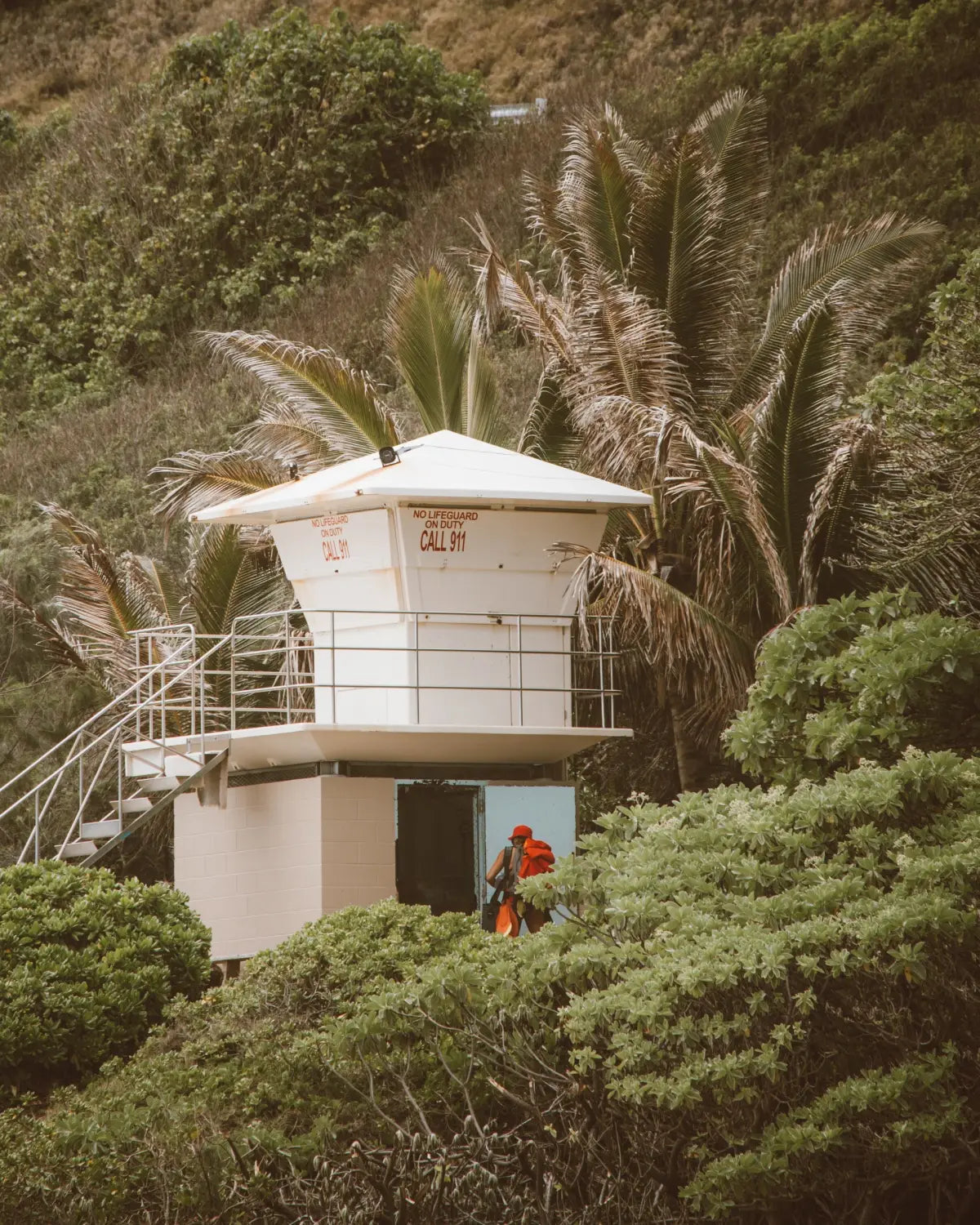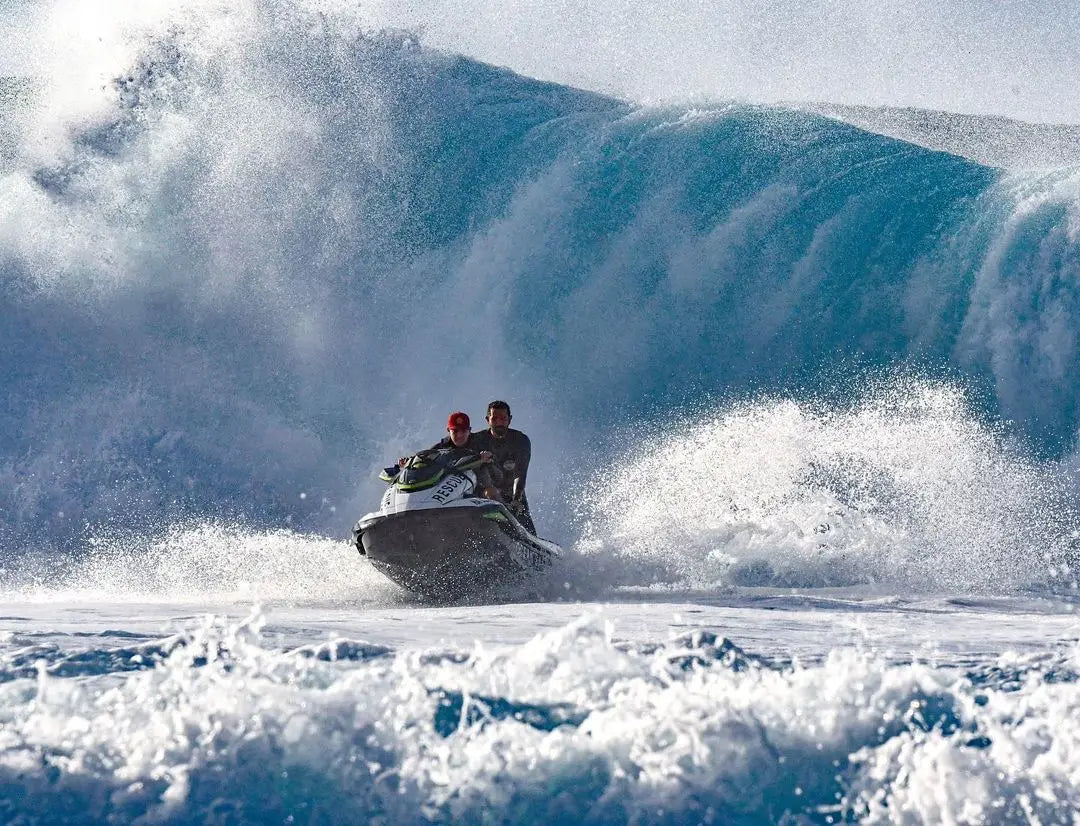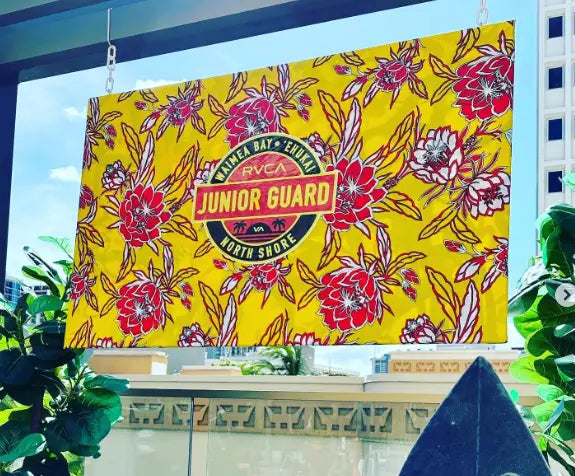Why It’s Important to Always Respect and Listen to Our Lifeguards
Share
The Role of Hawaii Lifeguards
Hawaii lifeguards play a crucial role in ensuring the safety of beachgoers across the islands. Their responsibilities extend beyond just monitoring the waters; they are trained professionals dedicated to preventing accidents and responding to emergencies.
Here are some key aspects of their duties:
- Surveillance and Monitoring: Lifeguards constantly watch over beach and ocean activities, identifying potential hazards and ensuring swimmers stay within safe areas. They use elevated chairs and patrol the beach to maintain a clear view of the water.
- Rescue Operations: Lifeguards are trained to perform water rescues, often in challenging conditions such as strong currents and high surf. They are equipped with rescue tubes and flotation devices to assist distressed swimmers.
- First Aid and Emergency Response: Lifeguards provide immediate first aid and emergency care to individuals injured in the water. They are certified in CPR and other lifesaving techniques, ensuring they can stabilize victims until professional medical help arrives.
- Public Education: Educating the public about ocean safety is a significant part of a lifeguard's job. They inform beachgoers about current conditions, potential dangers, and safety practices to prevent accidents.
- Preventive Measures: Lifeguards take proactive steps to prevent accidents by advising swimmers on safe practices, enforcing beach rules, and setting up warning signs in hazardous areas.
 Photo credits from https://emergencyservices.honolulu.gov/
Photo credits from https://emergencyservices.honolulu.gov/
Lifeguard Training and Standards
Hawaii lifeguards undergo rigorous training to ensure they are prepared for any situation. Their training includes:
- Physical Fitness: Lifeguards must maintain high levels of physical fitness to perform rescues and handle emergencies effectively.
- Lifesaving Techniques: They are trained in various lifesaving techniques, including water rescues, CPR, and first aid.
- Equipment Proficiency: Lifeguards must be proficient in using rescue equipment and maintaining it in good condition. This includes rescue tubes, flotation devices, and communication tools.
- Continuous Education: Lifeguards participate in ongoing training to keep their skills sharp and stay updated on the latest safety protocols and rescue techniques.
A couple of videos were posted on Instagram recently of people getting themselves into situations that they should have avoided in the water. One guy who was stuck on a ledge at Lekeleke Bay and getting hammered by big sets only survived because firefighters helicoptered in to rescue him (just in time, too!), and two other guys who were clearly not prepared for Pipeline were trying to paddle out but got told off by a lifeguard.

While these videos are good for a few laughs at the tourists’ expense, the reality is that these guys were all endangering not only their own lives, but also the lives of the people around them, including first responders like lifeguards. This can often be avoided if people simply listen to the lifeguards when they tell them not to paddle out, rather than arguing with them.
But we see it time and time again at places like Sandy Beach and Pipe, where lifeguards have to go out of their way to explain to tourists and even locals who are unprepared for the conditions why they shouldn’t paddle out—rather than people simply listening respectfully and being grateful that the lifeguards are keeping them safe.
Lifeguarding on Hawaii’s beaches—and especially at places like Pipeline—is a dangerous, consequential job where people’s lives literally hang in the balance.
The first lifeguard on the North Shore was the legendary Eddie Aikau, and everyone who has lifeguarded the Seven-Mile Miracle since that time is part of his legacy.

Lifeguards at Pipe in particular have to work their way up the ladder, putting in time at less dangerous beaches and proving their mettle in heavy conditions. Those who have earned the right to guard Ehukai beach are some of the best watermen and women on the planet.
Essential Duties of Lifeguards at North Shore Junior Guards
Lifeguards, particularly those associated with North Shore Junior Guards, play a crucial role in ensuring the safety of beachgoers and promoting water safety.

The North Shore Junior Guards program emphasizes skill development, teamwork, and leadership, preparing young individuals for future lifeguarding roles while fostering a strong sense of community and safety awareness.
So next time you are out on the beach and see the lifeguards keeping an eye on everyone, let them know how much you appreciate their service and the fact that they have dedicated themselves to becoming world-class water rescue personnel so that the rest of us can stay safe. And whatever you do, don’t try to paddle out if they tell you not to!
Hawaii lifeguards are essential to maintaining beach safety and preventing aquatic emergencies. By understanding their roles and following beach safety tips, visitors and residents can enjoy Hawaii's stunning beaches while minimizing risks.
